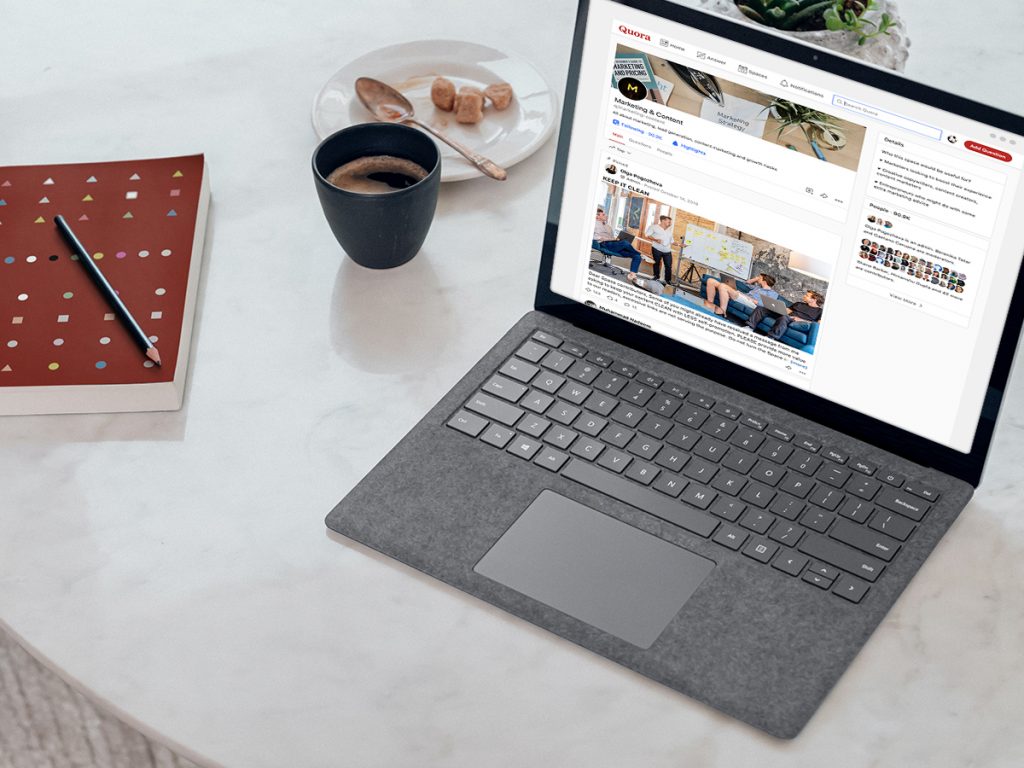From the MNTN Slack: What Netflix’s Q1 Report Signals About the Future of Streaming
by Cat Hausler
8 Min Read
CES 2024: Stagwell (STGW) and MNTN Announce Partnership in Unified Performance SolutionsLearn More

2 Min Read
With the rise of Connected TV advertising, marketers need to learn a lot about the fastest growing ad channel—and quickly. That’s why we’ve compiled the top questions and answers from Quora, where experts address complex questions, into a digest for a quick breakdown on what marketers need to know most. See what marketers are asking, and what the experts have to say.
Q. Why are television ads historically more popular than internet ads?
A. Unlike internet advertising, television ads squeezes in both emotion and relevance to break through the clutter. There’s much more that you can achieve with a TV ad to successfully tell your brand story.
Q. Why are there so many more commercials on TV than ever before?
A. More television commercials, shifting viewership habits and decreased TV advertising spend doesn’t spell doom and gloom. There’s always a silver lining – and streaming TV is the one to soak up the opportunity.
Q. How effective is an average TV ad?
A. TV ads have a higher ROI than other types of digital ads. Analytics and research firm Neustar reports that for a $1 Million investment, television’s lift outperforms paid search by 7X and 5X better than online display advertising
Q. Has the money spent on digital advertising caused a similar fall in TV advertising, or are brands investing more across both channels?
A. Digital advertising has already reached an important milestone, as last year it surpassed traditional ad spending for the first time, eating up 54.2% of total US ad spending.
Q. Do you think there are far too many TV and YouTube adverts these days to enjoy the show/video?
A. YouTube isn’t exactly winning brownie points, but TV is faring much better. Connected TV, specifically. This audience-first platform prioritizes quality over ad stuffing, which is why it is also valuable to advertisers as a direct-response platform.
Subscribe to the report Apple, Amazon, NBC and more use to get their CTV news.